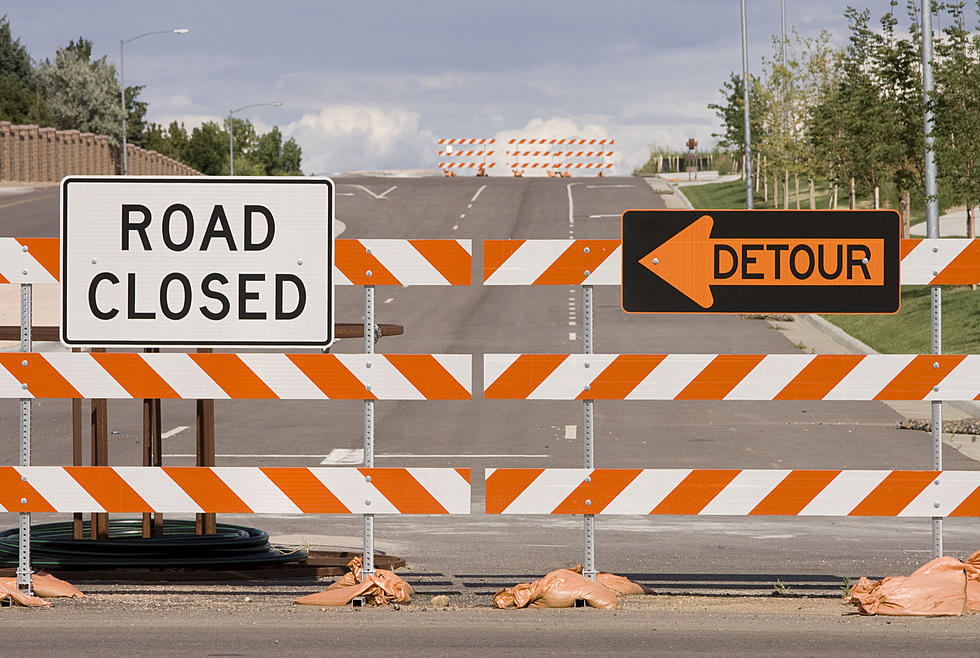
Westbound Bridge on Midwestern Parkway To Be Closed For 30 Days
The Westbound Midwestern Parkway bridge over Holliday Creek will be closed for up to 30 days beginning this Thursday.
One of the lanes on the North bridge has been closed for some time now as repairs are being made, but the time has come to divert all traffic onto the South bridge. This is being done both for the safety of drivers and workers, and to expedite the repair process.
Beginning Thursday, July 8th, traffic will be routed into single lanes, making the South bridge two-way traffic. Detour signs will be posted on Midwestern Parkway at Hamilton Boulevard and Lake Park Drive.
The traffic signal at Midwestern Parkway and Hamilton Boulevard will also be changed to an all-way stop for the duration of the detour.
If the weather cooperates, the City of Wichita Falls expects the repairs to take approximately 30 days.
Drivers are asked to use caution and drive slowly in this area while work is being done.
If you'd like more information or have any questions, contact the City of Wichita Falls Engineering Division at 940-761-7477.
LOOK: Here are the 50 best beach towns in America
LOOK: The most expensive weather and climate disasters in recent decades
More From 106.3 The Buzz









